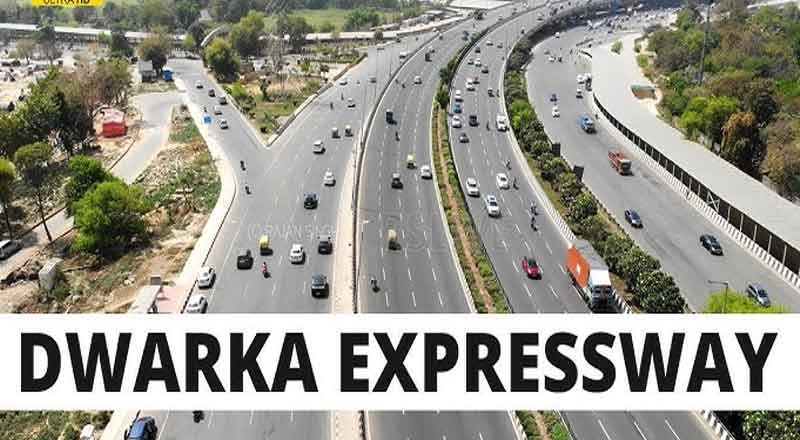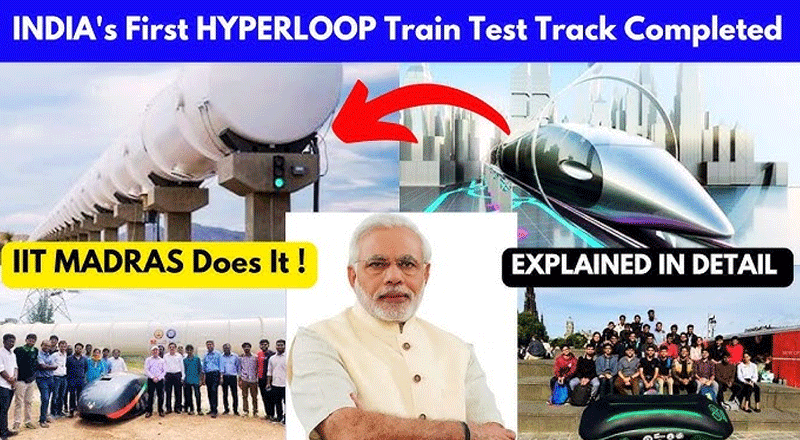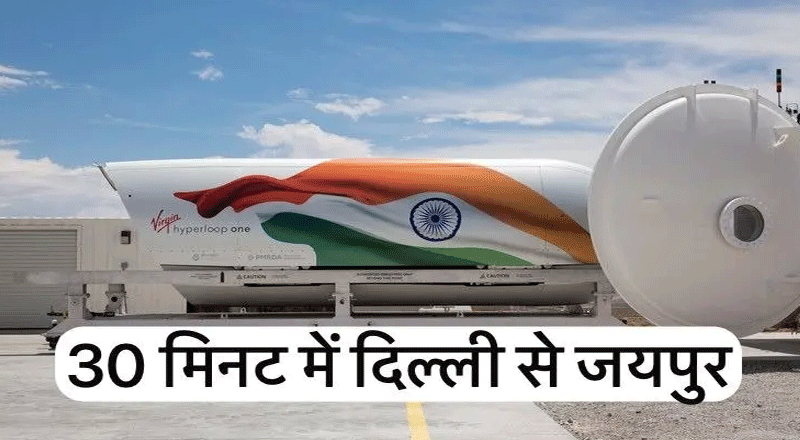- The Comptroller and Auditor General of India (CAG) has flagged the “very high” civil construction cost of the 29.06-km Dwarka Expressway.
- The Expressway, was built at a “very high” per km cost of ₹ 250.77 crores against the CCEA approved per km cost of ₹ 18.20 crore.
- The report notes that Dwarka Expressway was initially planned by the Haryana government under its Gurgaon-Manesar Urban Construction Plan-2031.
- The CAG has also highlighted that the Dwarka Expressway was “appraised and approved without any detailed project report”.
- The CAG said there was no justification on record for planning/construction of eight lanes for average daily traffic of 55,432 passenger vehicles.
- The report revealed that across India, the sanctioned cost under the Bharatmala Pariyojana was 58 percent higher than the approved cost.
The cost of the Dwarka highway built under the Centre’s Bharatmala Pariyojana phase-1 has exceeded the amount approved by the Cabinet Committee on Economic Affairs (CCEA) in 2017 by 14 times, the government’s top auditor Comptroller and Auditor General or CAG found.
The report said the Expressway, prioritized to de-congest NH-48 between Delhi and Gurugram by developing it into a 14-lane national highway running parallelly, was built at a “very high” per km cost of ₹ 250.77 crore against the CCEA approved per km cost of ₹ 18.20 crore.
The report quoted the Ministry of Road Transport and Highway‘s response on this from April 2022, saying the “Dwarka Expressway was decided to be developed as an eight-lane elevated corridor with minimal entry exit arrangements to allow smooth movements of inter-state traffic”. This was cited as a reason for the high cost.
But the Comptroller and Auditor General of India said there was no justification on record for planning/construction of eight lanes (elevated lanes) for average daily traffic of 55,432 passenger vehicles. Only six lanes (at grade lanes) were planned/constructed for the average annual daily traffic of 2,32,959 passenger vehicles.
This is not the only highway with a mismatch of approved and actual costs. The report revealed that across India, the sanctioned cost under the Bharatmala Pariyojana was 58 percent higher than the approved cost.
The sanctioned cost of 26,316 km of project length was ₹ 8,46,588 crore (Rs 32.17 crore/km) as against CCEA approved length of 34,800 km at a cost of ₹ 5,35,000 crore (Rs 15.37 crore/km). About the stark increase in costs, the report said significant changes were made in the scope of projects and cost estimates. Also, richer project specifications adopted have pushed up the sanctioned cost of projects awarded under Bharatmala Pariyojana Phase 1. This has resulted in a cost increase of ₹ 10 crore per km of construction.
The discrepancies didn’t just exist in fund management. Even the appraisal and approval mechanisms decided by CCEA were also not strictly followed, the report said.
CAG said there were cases of successful bidders not fulfilling tender conditions or bidders being selected on the basis of falsified documents. Work has been awarded without there being approved detailed project reports or was based on faulty detailed project reports.
It added that implementing agencies were still awarding projects without ensuring the availability of requisite land, resulting in delayed commencement of projects construction and their completion. Also, many Bharatmala projects were being implemented without environmental clearance in contravention of prescribed procedures.
But the report added that the pace of per day project length constructed under Bharatmala Pariyojana has improved from 1.04 km in 2018-19 to 12.37 km in 2022-23.
Another CAG report, released on the same day, said toll rules have been violated across several states in south India, leading to an undue burden of ₹ 154 crores on road users.
(With inputs from agencies)





